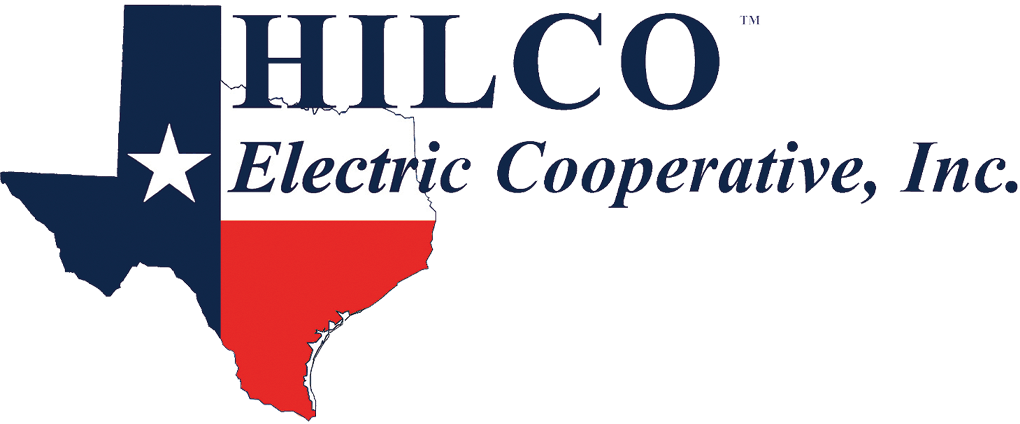What does PCRF stand for?
The electric utility industry possesses its own set of acronyms, PCRF is one of those. PCRF stands for Power Cost Recovery Factor and it is something HILCO Electric Cooperative deals with on a monthly basis. The PCRF is the rate component, on all electric bills, that is a direct reflection of the fluctuating cost of generating power.
Since HILCO is a distribution cooperative, we purchase our power from a wholesale power supplier who has the authority to purchase power from the ERCOT market.
When fuel prices and other expenses rise, it costs more to produce electricity and those costs are passed through to HILCO and its members by an increase in the PCRF. So while HILCO's rate for the price of electricity has not changed, members will pay more with an increased PCRF.
One way to think about PCRF is to compare it to the cost of gasoline for your car. Even though your monthly car payment (the rate) hasn't gone up, the car you drive is costing more to operate now because just as fuel prices have risen, for generated electricity, so have gasoline prices at the pump (the PCRF).
Increases in power costs do not just affect HILCO - nearly every electric utility in the nation faces this same issue. The demand for electric generation continues to increase. As we all know basic economics, with demand high and supplies lower, the price is going to rise.
To minimize the impact of this charge on our members, every attempt is made to "level" the PCRF monthly, rather than to pass on the sometime extreme monthly fluctuations from our wholesale supplier. However, significant changes in power generation and other charges may make it necessary to adjust the PCRF more dramatically.
The main advantage of monthly changes in the PCRF is that it is more responsive to changes in power costs. If power costs go down our members are not stuck with a higher cost indefinitely. Investor owned utilities, such as TXU, can only make rate adjustments for changes in power costs twice annually and must gain approval from the Public Utility Commission of Texas to do so. This means their power cost adjustments may remain higher for their customers for an indefinite period of time and no one knows for certain when or if power prices will decrease from their current levels.

